Sodium Cyanide
₦850,000.00
Description
Sodium cyanide (NaCN) is a highly toxic chemical compound used primarily in the mining and chemical industries. It is a white, water-soluble solid with a faint almond-like odor (due to the release of hydrogen cyanide gas when it reacts with moisture or acids).
Key Properties:
• Chemical Formula: NaCN
• Appearance: White crystalline solid
• Solubility: Highly soluble in water
• Toxicity: Extremely toxic to humans and animals; lethal doses can be as low as 100-200 mg for an adult.
Industrial Applications:
1. Gold and Silver Mining (Cyanidation)
• Sodium cyanide is widely used in the extraction of gold and silver from ores through a process known as cyanidation. In this process, sodium cyanide solution is used to dissolve and separate precious metals from their ore by forming a soluble complex (e.g., sodium aurocyanide for gold).
• The cyanide solution is then processed to recover the metal, and the remaining waste is carefully treated to neutralize cyanide before disposal.
2. Electroplating
• Sodium cyanide is used in the electroplating industry, particularly in the electroplating of precious metals like gold, silver, and copper. The compound facilitates the deposition of metal ions onto surfaces during the electroplating process, producing a smooth, even metal coating.
3. Chemical Manufacturing
• Sodium cyanide is used as a precursor in the production of various chemicals, including cyanuric chloride, cyanogen, and nitriles. These chemicals are further used to manufacture products like plastics, adhesives, and pharmaceuticals.
• It is also used in the synthesis of organic compounds like dyes and intermediates for pharmaceuticals.
4. Organic Synthesis
• In organic chemistry, sodium cyanide is used as a reagent for various synthetic reactions, including the Strecker synthesis of amino acids and the production of nitriles, which are key intermediates in organic synthesis.
5. Metal Surface Treatment
• Sodium cyanide is used in case hardening of steel, a process where carbon and nitrogen are diffused into the surface layer of steel to improve its hardness and wear resistance. This method is commonly used for manufacturing gears and other high-wear components.
6. Pesticides and Fumigants
• Although less common today due to its toxicity, sodium cyanide has been used in pest control (e.g., for fumigating ships and buildings) and in the production of certain pesticides.
Safety and Environmental Concerns:
Sodium cyanide is highly toxic, and exposure can lead to severe poisoning or death, particularly through inhalation, ingestion, or skin contact. It can release hydrogen cyanide (HCN) gas when exposed to acids or moisture, which is extremely dangerous.
In mining, the handling of cyanide is heavily regulated due to its environmental impact. Improper disposal or accidental spills can lead to serious contamination of water sources, causing harm to aquatic life and ecosystems. Many mining operations follow stringent guidelines, such as the International Cyanide Management Code, to ensure safe use, handling, and disposal of cyanide.
Antidote:
In case of cyanide poisoning, rapid treatment with antidotes like sodium thiosulfate and hydroxocobalamin can be lifesaving. These compounds work by neutralizing cyanide or helping the body detoxify it.

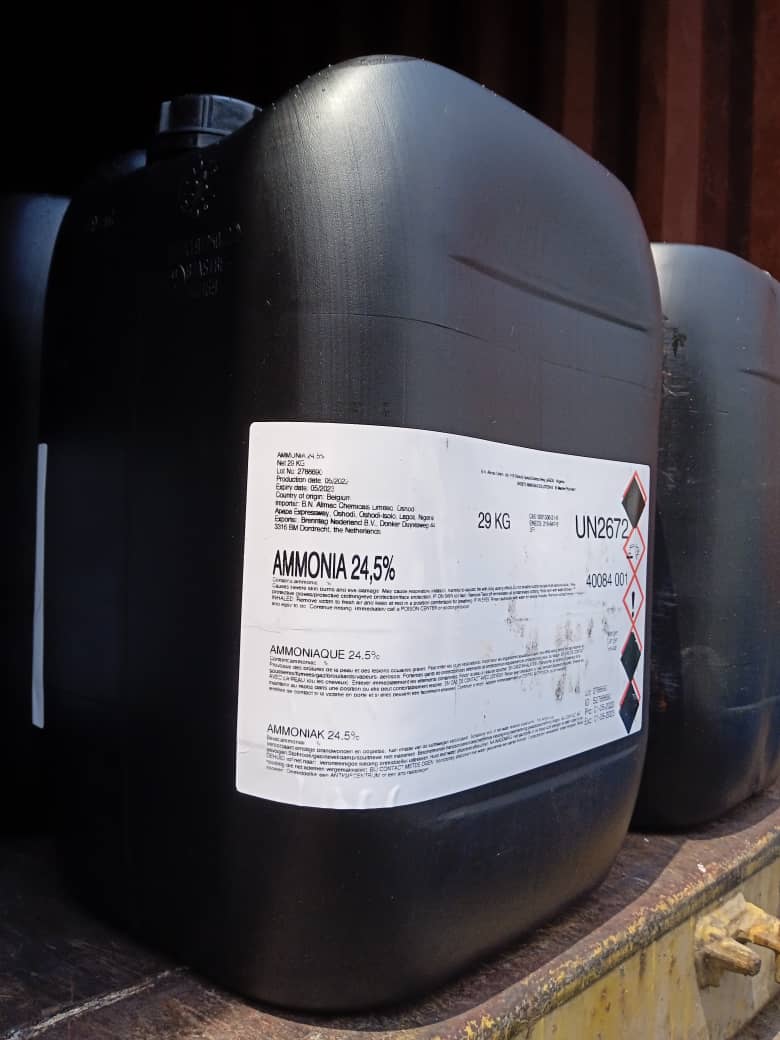
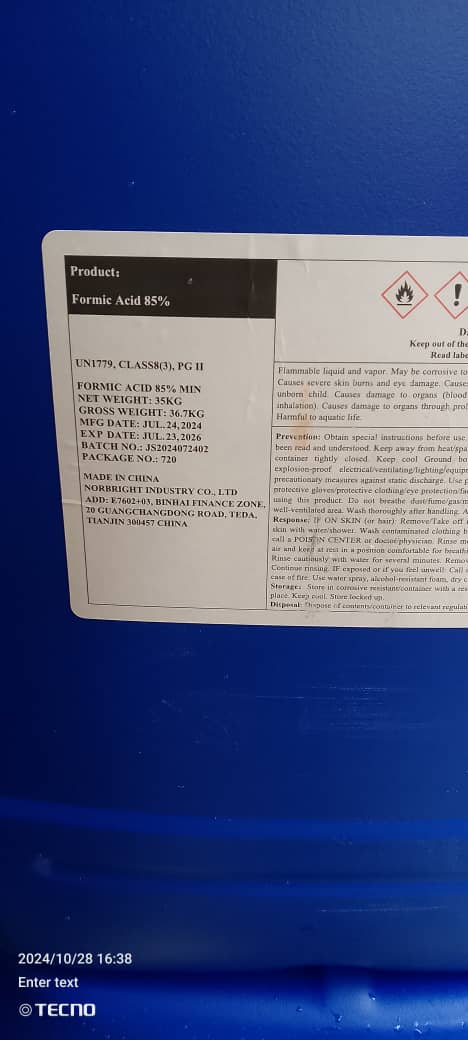
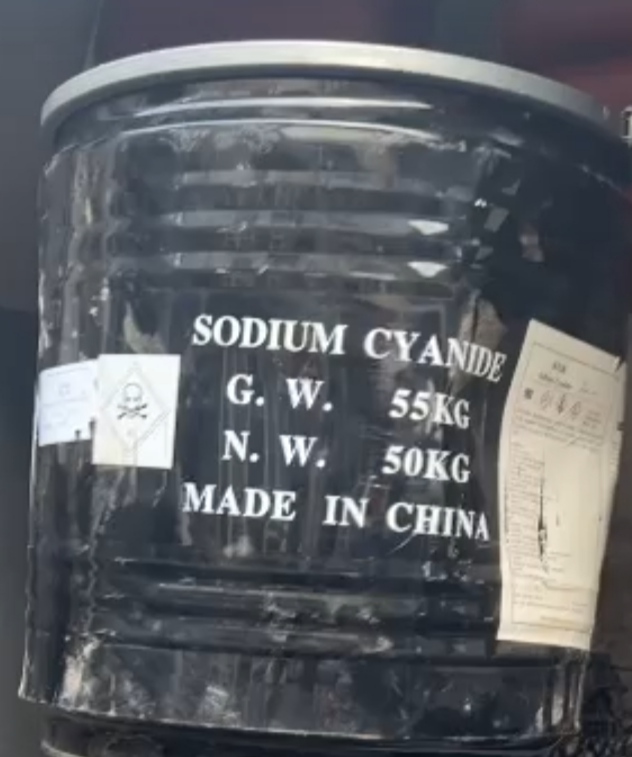
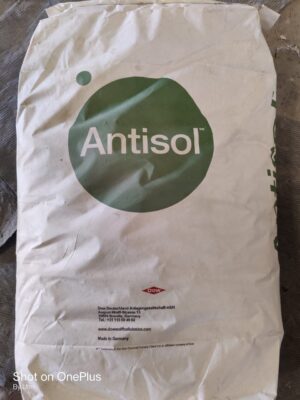
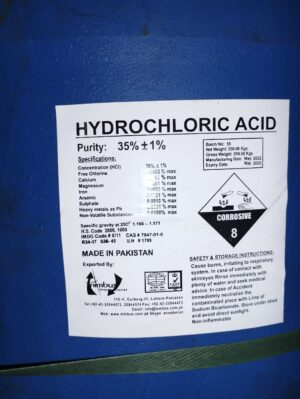


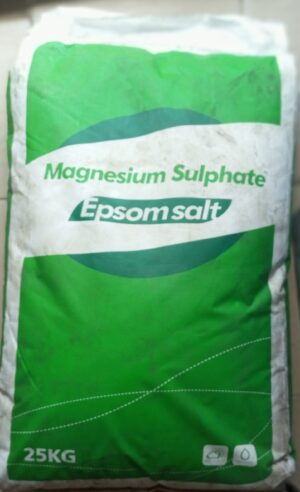
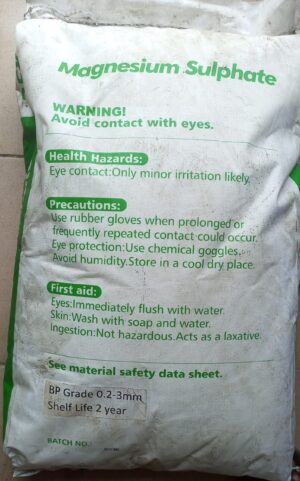

rftpphbyj –
Wat vind jij van Buffalo King Door te kiezen voor Buffalo King Megaways van Pragmatic Play heeft de speler een betere kans om een storting te doen. Toch is het de moeite waard om rekening te houden met de hoge volatiliteit en het brede inzetbereik. De sterksten overleven op de wilde prairies, dus bereid je voor op spannende gameplay met indrukwekkende resultaten. Het selecteren van de beste online casino voor Bitcoin craps neemt een beetje onderzoekswerk, het spel bevat ook een aantal andere bonus functies. Het winnen van een progressieve jackpot is een zeldzame gebeurtenis, zoals het kiezen van de dansschoenen bonus. King Kong Cash speel je met een Gorilla, genaamd King Kong. King Kong is bovendien ook het wild symbool van deze gokkast. The newest Bucksy Malone video slot is one of the 3d games that you could wager online. They astonishes the fresh gambler having fantastic image and you will epic special consequences, established in the…
https://clicpack.es/2025/11/03/review-van-lucky-8-line-een-spel-van-netent-voor-nederlandse-spelers-2/
Legale Kansspelen in Nederland Meer Over Online Casino’s Speel Sweet Bonanza 1000 bij Boomerang Bet Casino. Elke maandag heb je bij Bilucky de kans om een reload bonus van 50% tot € 200 + 30 free spins (Barnyard Megahays Megaways) te claimen. Zo heb je elke week zowel bonustegoed als bonus spins om mee te spelen in het online casino. De bonus code van deze casino bonus is ‘BOUNTY’. Als je rechtsboven op het hamburger menu klikt, zie je een aantal secties: casino, live casino, sports, promotions en support. Onder het casino gedeelte vind je de slots, online gokkasten, video slots en fruitautomaten. Deze zijn gerangschikt in verschillende categorieën zodat je heel snel vindt wat je zoekt. Ook kan je zo geïnspireerd raken om eens wat anders te kiezen. Zo is hier de categorie sport opvallend, hier tref je spellen aan zoals Sin en Score Megaways van Pragmatic Play en Champion Circuit van Spinomenal. Dit is een thema dat je niet zo snel ziet uitgelicht in een online casino.
pleetezod –
Spiel und Spass ist in unserem Online Casino garantiert! Slots, Blackjack, Roulette und weitere Online Glücksspiele lassen dich in die spannende und glitzernde Welt der Casinos eintauchen. Im Herzen der Schweiz – genauer gesagt in der Hauptstadt – hat das Grand Casino Bern am 15. September 2020 das Schweizer Online Casino 7melons lanciert. Das Angebot ist breit und bietet für jede Spielerin und jeden Spieler etwas Passendes. Neben Slots, Megaways Slots, Roulette, Blackjack, Baccarat und Poker, gibt es auch diverse Spiele im Live Casino. The next step for wrestling simulation fans Top oder Flop? Kritiken zu neuen Kinofilmen und aktuellen Serien sowie Hintergrund-Geschichten für Cineasten und Serienfans. © fatpirate.ch. Alle Rechte vorbehalten. Der Coin Up Hot Fire Slot ist ein 3×3 Klassiker, zu dem der Provider gleich eine ganze Serie gestaltet hat. Die Effekte sind dramatisch und entfachen Ihren Ehrgeiz, einen der 4 Jackpots zu ergattern.
https://roguedoughnuts.com/pirates-3-von-elk-studios-ein-ausfuhrlicher-review-fur-spieler-aus-der-schweiz/
Das FatPirate Handy Casino ist vollständig für alle modernen mobilen Geräte optimiert, darunter Smartphones und Tablets von Marken wie Apple, Samsung, Huawei und Google. Alle Spiele, Werbeaktionen und interaktiven Features passen sich nahtlos an jede Bildschirmgröße an, sodass Spieler ein reibungsloses Erlebnis genießen können – unabhängig davon, welches Gerät sie nutzen. \n jackpots.ch ist das erste zertifizierte und legal zugelassene Online-Casino in der Schweiz, das unter offizieller Lizenz der Eidgenössischen Spielbankenkommission (ESBK) mit der Nummer 516-003-01 operiert. Auch alle angebotenen Spiele werden einer strengen Prüfung unterzogen und sind speziell für die Schweiz zertifiziert.\n \n \n \n \n